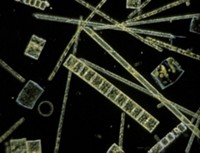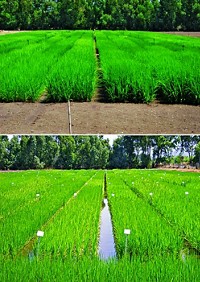Advertisement
Grab your lab coat. Let's get started
Welcome!
Welcome!
Create an account below to get 6 C&EN articles per month, receive newsletters and more - all free.
It seems this is your first time logging in online. Please enter the following information to continue.
As an ACS member you automatically get access to this site. All we need is few more details to create your reading experience.
Not you? Sign in with a different account.
Not you? Sign in with a different account.
ERROR 1
ERROR 1
ERROR 2
ERROR 2
ERROR 2
ERROR 2
ERROR 2
Password and Confirm password must match.
If you have an ACS member number, please enter it here so we can link this account to your membership. (optional)
ERROR 2
ACS values your privacy. By submitting your information, you are gaining access to C&EN and subscribing to our weekly newsletter. We use the information you provide to make your reading experience better, and we will never sell your data to third party members.
Environment
Thiols Drive Mercury Photodegradation
Chloride outcompetes organic thiols in seawater, allowing methylmercury to bioaccumulate in seafood
by David Pittman
July 12, 2010
| A version of this story appeared in
Volume 88, Issue 28
Mercury accumulates in seafood at high levels even though the amount that is found in seawater is small. But why has been unclear, until now. Duke University’s Tong Zhang and Heileen Hsu-Kim have found that singlet oxygen (1O2) formed by sunlight falling on dissolved organic matter drives methylmercury (CH3Hg+) photodecomposition (Nat. Geosci., DOI: 10.1038/ngeo892). However, degradation of CH3Hg+, a neurotoxin that accumulates in food webs and poses a risk to human health, depends on the type of binding ligand present in the water. For example, in freshwater, CH3Hg+ degradation occurred at low CH3Hg+ concentration and only when humic acid was present, the researchers showed. They suggest that complexes formed between CH3Hg+ and thiols in humic acid are necessary for the breakdown to occur. But in seawater, where chloride dominates over thiols, degradation rates were an order of magnitude slower.





Join the conversation
Contact the reporter
Submit a Letter to the Editor for publication
Engage with us on Twitter